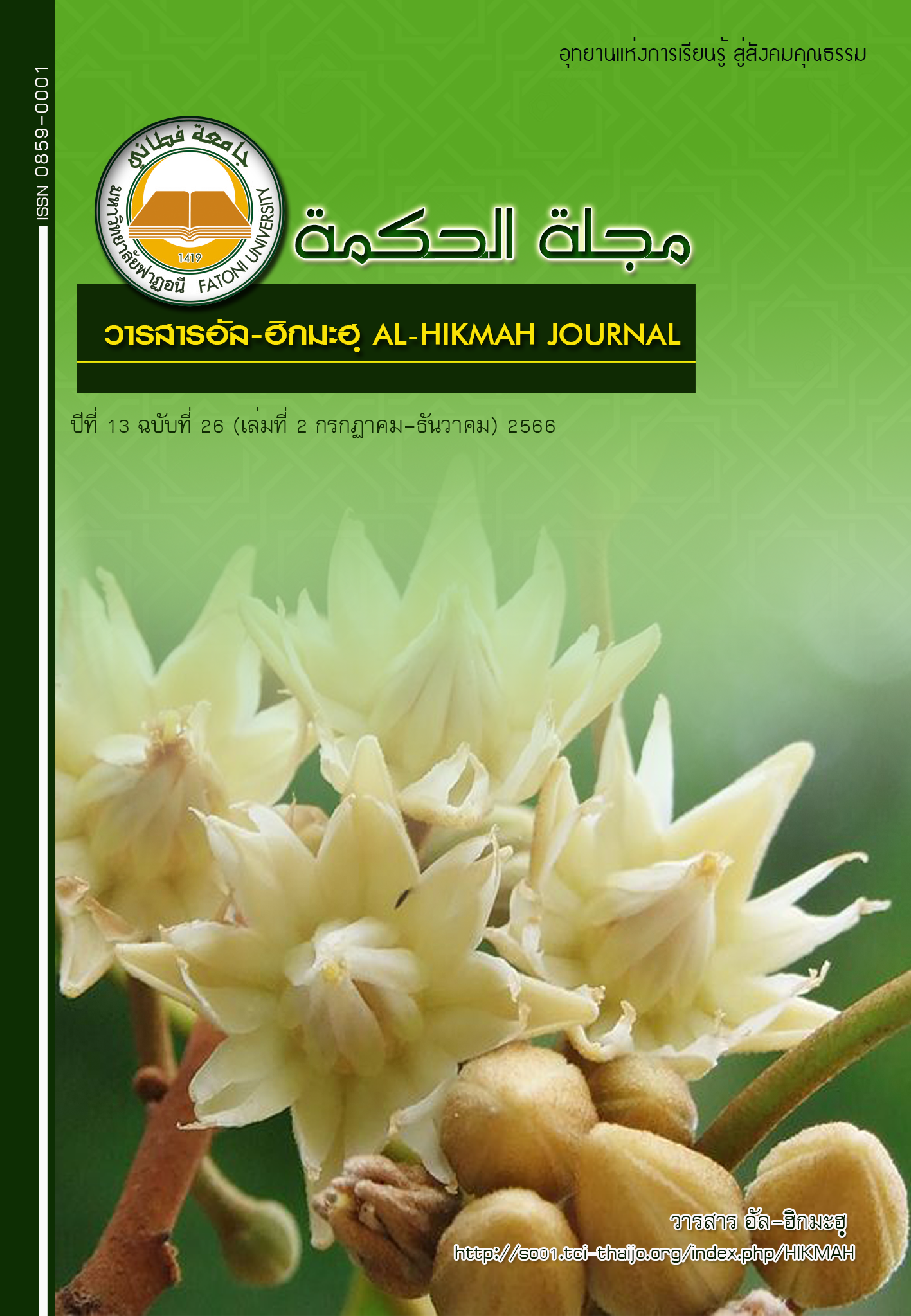Reasons and purposes of deletion in Arabic
Keywords:
Keywords: deletion- language- reasons- purposes.Abstract
Abstract:
The linguistic context of Arabic is characterized by flexibility and diversity; to suit the need of the statement, literature and poetry with its weights and rhymes; therefore, the learner of Arabic finds changes in the linguistic context, such as deletion, addition, replacement, Expedite and delay. This topic studies deletion in Arabic, an attempt to reveal the reasons behind this phenomenon, as well as the purposes aimed, by combining the parties of the relationship between syntax and rhetoric in this phenomenon, the researcher has reached the following points:
- Deletion shall be due to the following reasons: Frequent use, existence of evidence (divided into: indication of the omitted, significance of the context, and dispense with repetition), work, knowing of the deletion or addressee knows the story, lack of confusion, necessity of the poet, differentiation, conflict of place, soft and weakness, Too many.
- Deletion performs semantics purposes including: mitigation (this is most common in deletion), miniaturization, attract attention and arousing the mind, exaggeration in the description, abstention from mentioning great or derogatory, take a way of denial when needed, fit separators, known, unknown, and fear.
- Deletion in Arabic is divided into four types: deleting movement, deleting letter, deleting word, and deleting sentence.
Downloads
Published
How to Cite
Issue
Section
License
Copyright (c) 2024 Al-HIKMAH Journal

This work is licensed under a Creative Commons Attribution-NonCommercial-NoDerivatives 4.0 International License.


